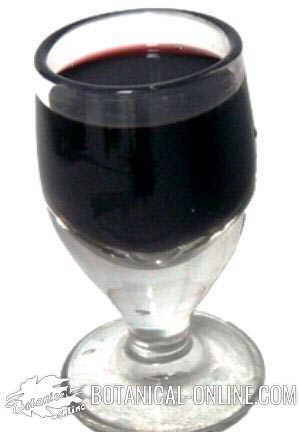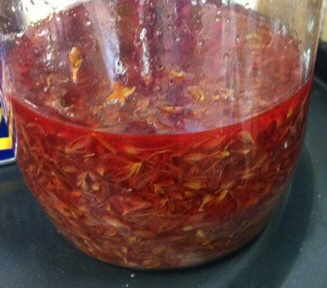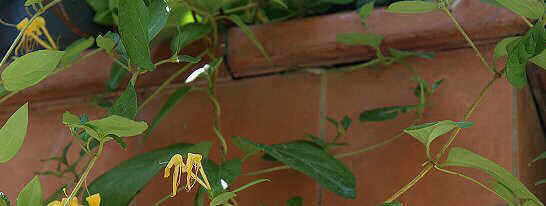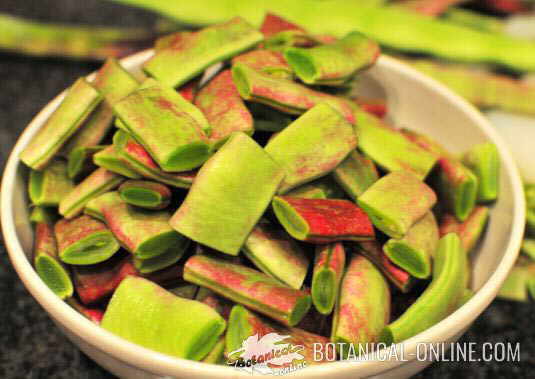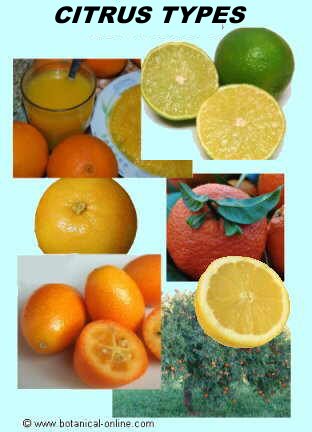Contents
Edible properties of sumac
What is sumac and what is it for?
Common sumac or Sicilian sumac (Rhus coriaria L.) is one of the most powerful spices in the world from the nutritional point of view. Its use has always been widespread in the Middle East and is part of their usual diet.
Where is sumac found?
Sumac is a native of the Middle East. For centuries, sumac has been cultivated and used in the Mediterranean.
Currently, the plant grows in many Mediterranean countries, although in most of the European continent it is a simple forgotten and ignored shrub.
Uses of sumac
It is noteworthy the importance it had for leather tanning in European economic history. Surely it was the Arabs who brought this plant to the Iberian Peninsula for use in tanning leather, and in the Middle Ages it was one of the most important materials in the work of tanned leather in Europe.
In addition, for centuries it has been used as a condiment for recipes. An analysis of their properties shows us their high nutritional value for human consumption.
Sumac gastronomic use
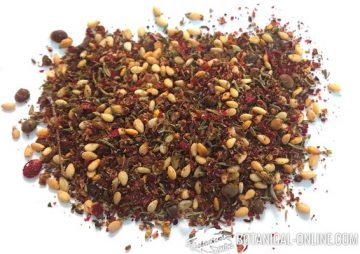
Sumac is considered one of the most valuable spices for its high antioxidant power, being its consumption very interesting in people with obesity, diabetes and cholesterol.
Where is sumac used?
Its use in the kitchen is common in countries such as Lebanon, Syria, Turkey and Iraq.
How is sumac consumed?
Usually it is consumed ground and sprinkled on salads (Fattoucha), also in hummus and to flavor the kebab.
It is also mixed with lemon and oil to prepare vinaigrettes.
The rich Lebanese cuisine uses ground sumac to prepare a condiment called Zaatar, which consists of grinding toasted sesame seeds, sumac and dried thyme. This mixture is taken to flavor any dish, be it at breakfast or at meals: toast, bread with tomato, salads, etc.
What flavor does sumac have?
Its flavor is pleasant, it reminds us of lemon and has a point of acid and salty.
This flavor comes basically from the hairy skin that covers the ripe and dry fruits, since the seed of its interior practically does not have any flavor. Besides, it is hard and can not be chewed.
![]() More information on sumac
More information on sumac



